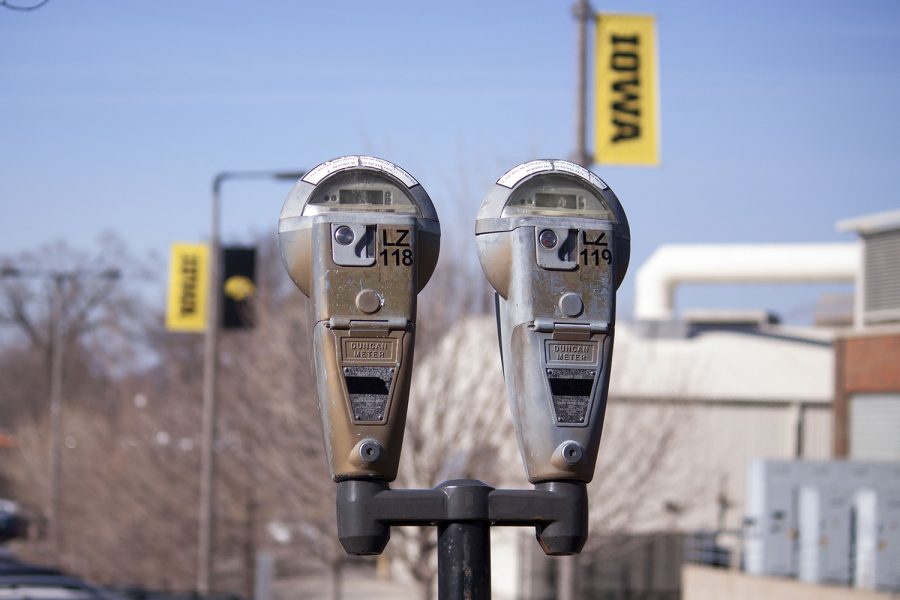Throughout September and October, Hubbard Park has been acting as a window to Iowa City’s past, and this window will remain open as excavations continue through November.
After workers on a flood-mitigation project discovered archaeological artifacts while working in Hubbard Park in February, the green area next to the IMU has been a hub of bulldozers and archaeologists searching for more remnants of Iowa’s history.
“In Iowa City, we don’t have much of an historic record, which is kind of surprising,” said Bill Whittaker, a project archaeologist from the State Archaeologist’s Office. “There are county histories, but they just list the few hundred people who owned property and were fairly influential and affluent, whereas the vast majority of people aren’t mentioned at all.”
Project archaeologist Cynthia Peterson, who was in charge of the first set of excavations, said archaeologists found traces of a house from the 1840s, along with such items as cisterns and privies in what would have been its backyard.
“[Bill Whittaker] is expecting to find similar things, but in regard to folks of a lower social standing in society,” she said. “It’s very important because people of lower socioeconomic status didn’t keep written records like those with more money could.”
Whittaker said the new area of the park in which the archaeologists are working is a historically different part of the same neighborhood that was explored in the first excavations.
“Where we’re digging now, it appears the people who lived in this part of the block were poorer than the people in the area that was excavated previously,” he said. “So that would make a nice comparison between two groups in the same time period with different economic levels.”
Cory Lockwood, the associate director of IMU event and facility operations, said the archaeologists hope to find more artifacts in the new zone.
“All the areas they’ve looked at were former home sites,” he said. “They’re hoping to find something interesting, based on what the soil samples are telling them.”
Whittaker said because they were digging in an area that was once a backyard, they expected to find such things as wells and cisterns.
“We really hope to find a privy, which is a latrine, because it can tell us a lot about the diet of the people,” he said. “Because it fills up over time, it can tell us how things changed, because things at the bottom of the privy will be older than the things at the top, and you can see if people’s diets changed over time or if they’re becoming more or less affluent, depending on their artifacts.”
Lockwood said while the excavations will continue through Thanksgiving, Hubbard Park will remain open.
Whittaker also said the dig site will move to a different location in the park.
“Right now, they’re switching from one zone to another,” he said. “They’re filling one hole, smoothing that out, and then fencing off the other excavation, which is more south-centrally located.”
Whittaker said the excavations would shine a light on what the daily life of early Iowa City was like.
“This is a great opportunity to investigate it, because we have a well-preserved site that is deeply buried, and it appears to have some pre-Civil War features in it,” he said.






